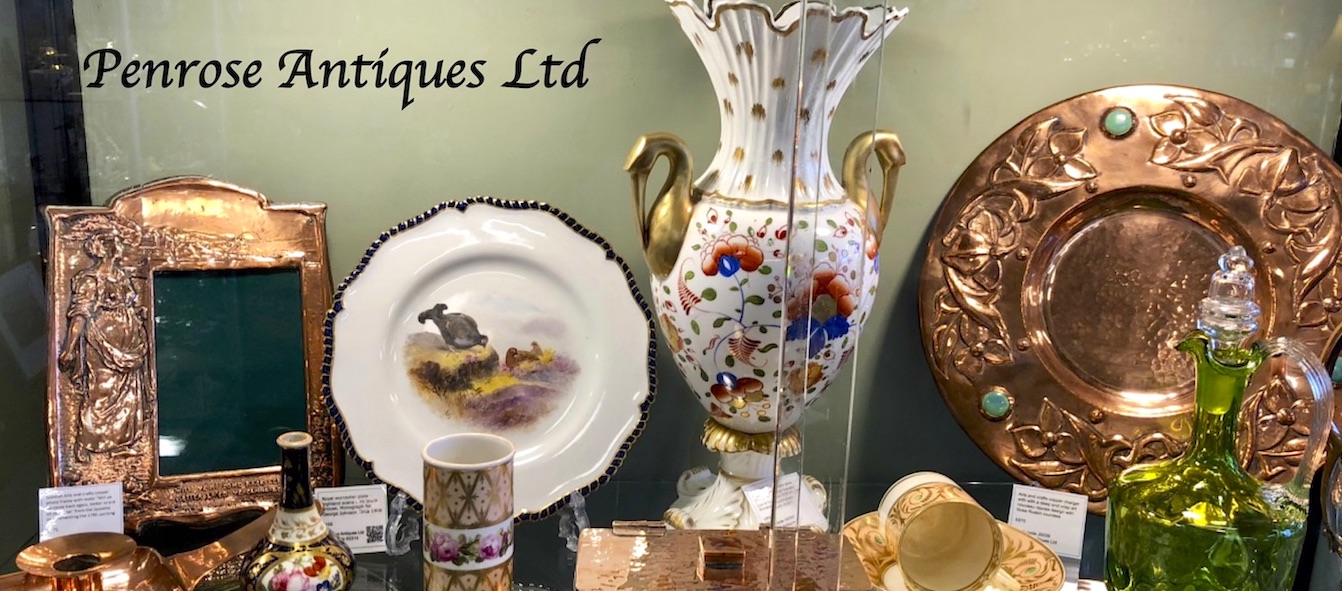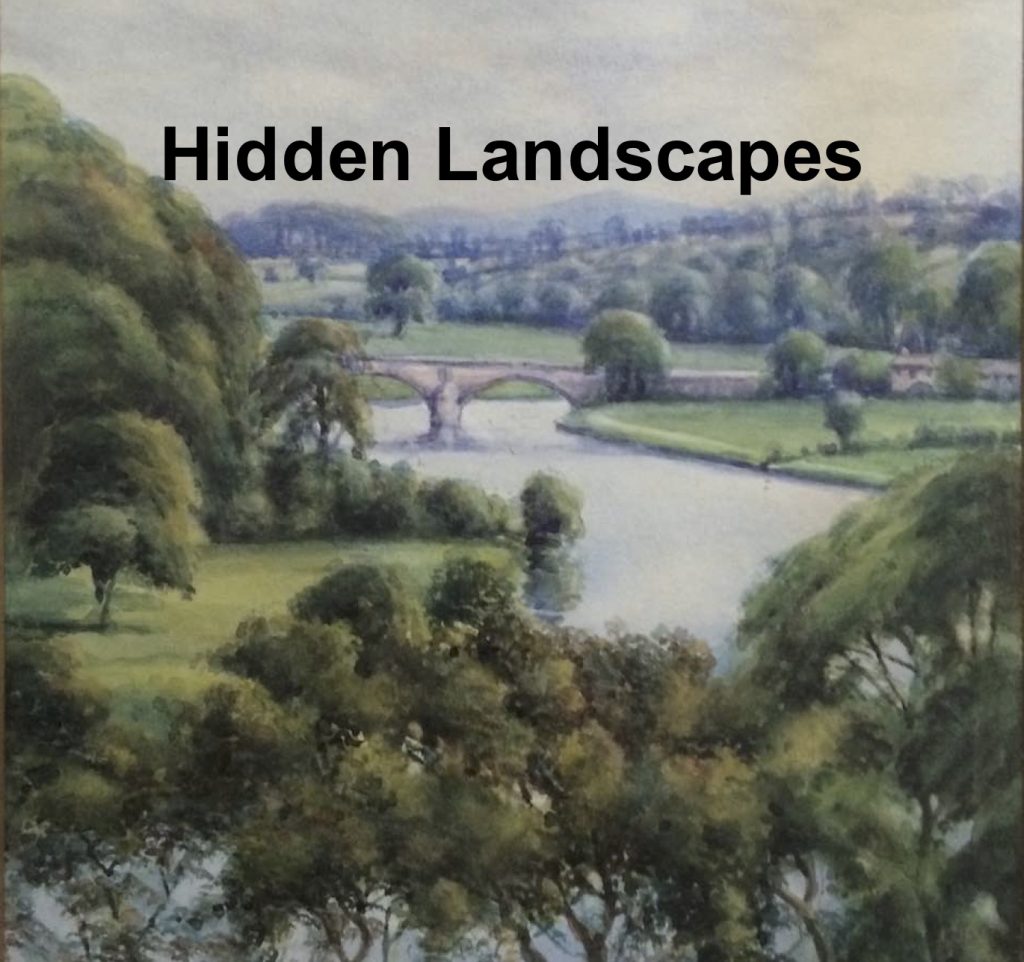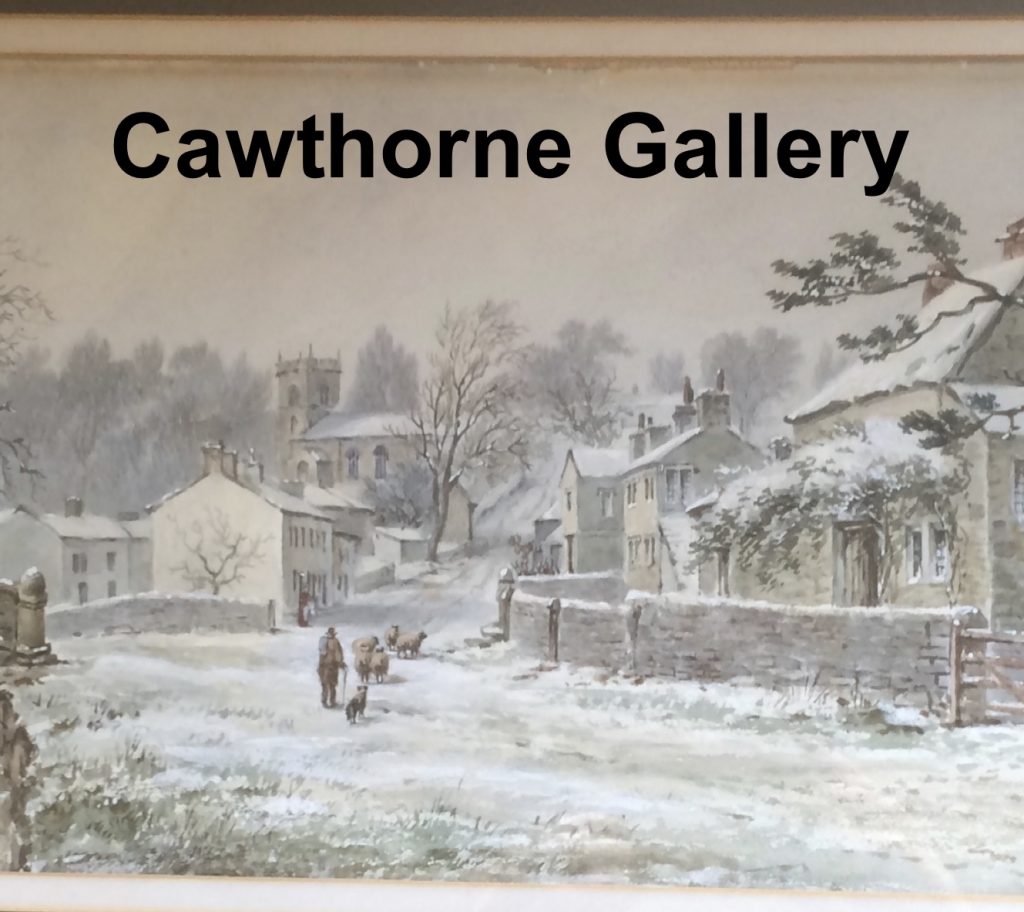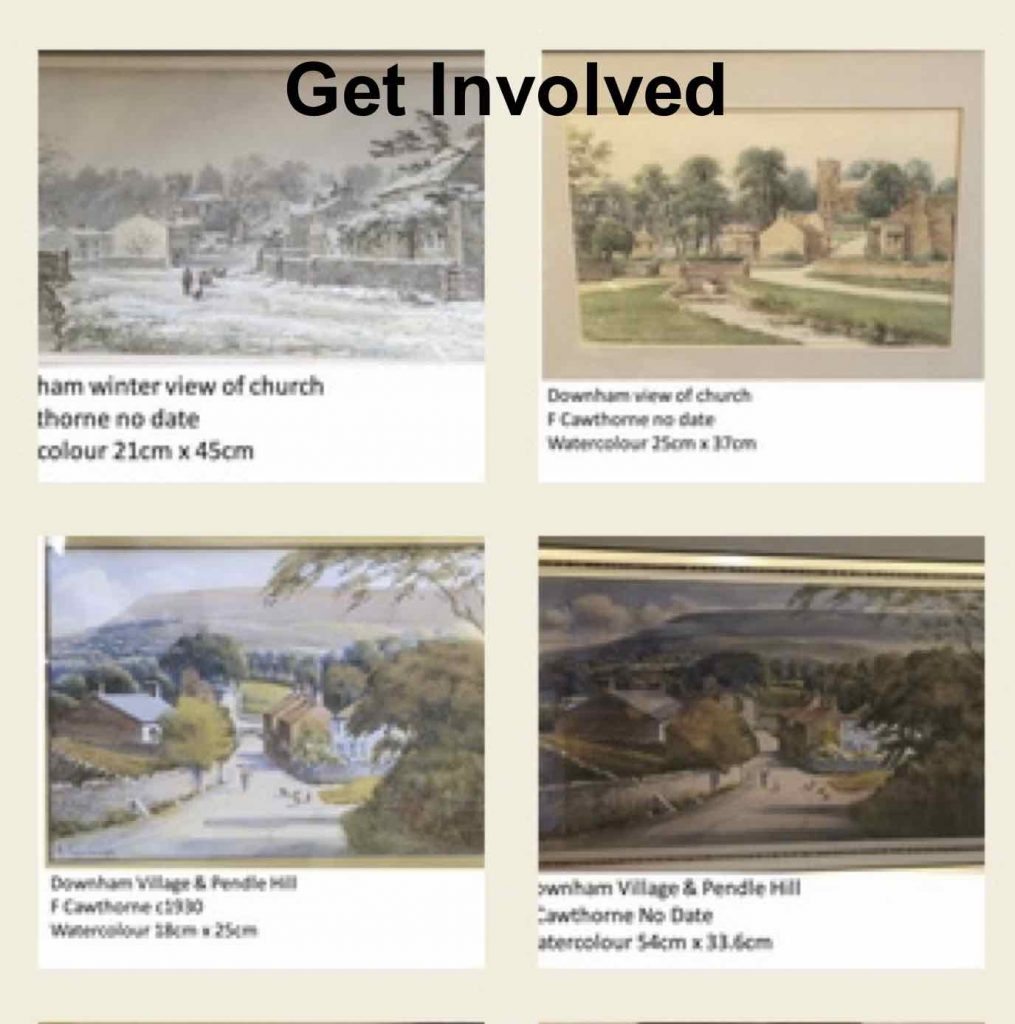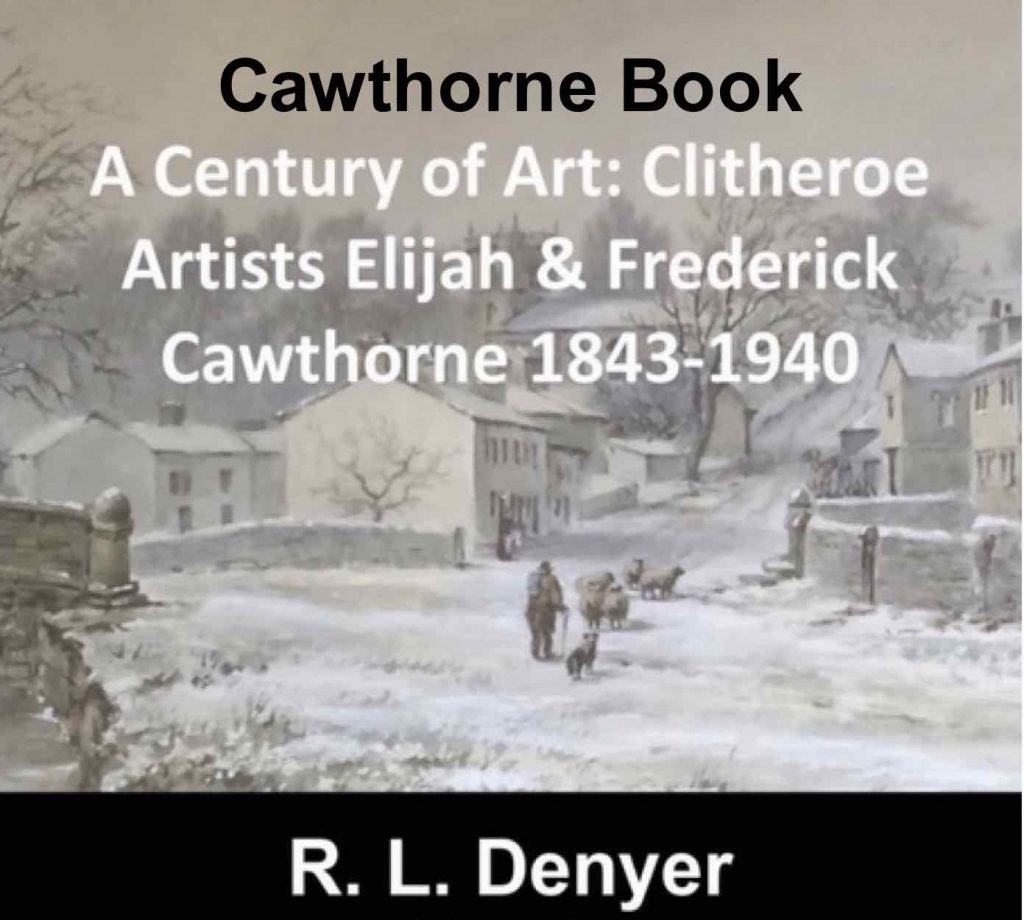Elijah Cawthorne (1843 – 1913) and his son Frederick (1877 – 1940) were artists who lived in Clitheroe. They painted local landscapes of the Ribble Valley for over 60 years.
The Cawthorne family is likely to have come from the village of Cawthorn in North Yorkshire, some 86 miles from Clitheroe. Benjamin Cawthorn (1772 – 1857) and Sarah Newton (1773 – 1837) are the earliest identified ancestors of the Cawthorne artists They married on 2 March 1794 at St Giles and St Mary Church, Pontefract, Yorkshire. Both signed the marriage register with their mark, indicating that they did not write.
Benjamin was a waterman. Watermen were licensed to navigate boats carrying freight and passengers. It is likely that he worked on the Aire and Calder river and canal systems. The waterway had been considerably expanded during the eighteenth century, and by 1820 it was a busy transportation network, taking goods between Leeds, Wakefield, York and The Humber.
Sarah and Benjamin had 4 children, the youngest being George Newton Cawthorn who was born 1812. George had moved to the Clitheroe area by 1839, as on 27 November that year he married Ellen Hothersall at St Marys Church. Ellen Hothersall was local to the Clitheroe area. She had been baptised at St Mary Magdalene on 5 July 1812. The marriage certificate shows that Ellen’s father Thomas Hothersall was a grocer, and George had added the ‘e’ to his surname by this time, becoming Cawthorne.
Two years later in 1841, George and Ellen were renting rooms in Stanworth Houses, York Street Clitheroe. The census shows George was a teacher of French and English literature. The family were still in York Street in 1851, when George was listed in the census as a Doctor of Philosophy, teacher of English, whilst Ellen’s occupation was given as teaching at home. George had set up his own school in York Street. Anarticle ‘Recollections of Clitheroe’ published in The Preston Chronicle in 1876 mentions a room in York Street used by Dr Cawthorne as a school, and his school is also listed in the History and Directory of Mid Lancashire, published in 1854.
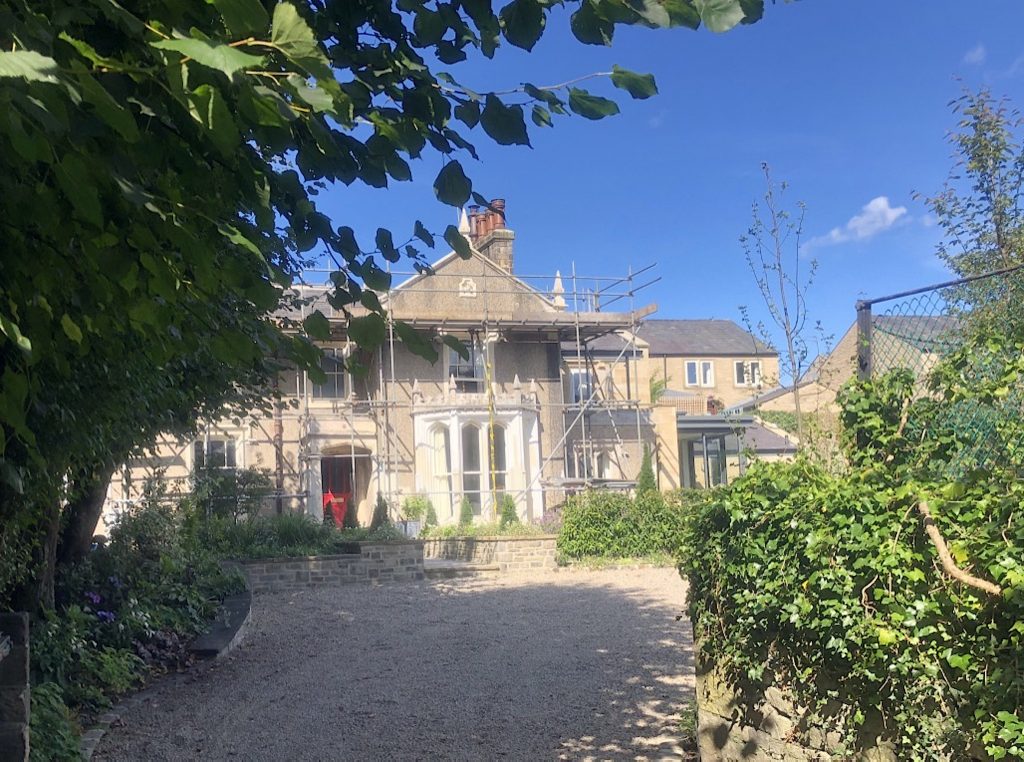
George and Ellen had 2 children: Eleanor Cawthorne (1841 – 1928) and Elijah Sylvester Newton (1843 – 1913).
Eleanor was born whilst the family were living in Stanworth House, York Street, and baptised on 13 August 1842 at Downham. She also became a teacher. By 1881 she was living with her mother at 9 Church Brow, Clitheroe. Eleanor did not marry. She moved to Rock Terrace in Pendleton, where she died on 26 November 1928.
Elijah Sylvester Newton Cawthorne was born in 1843. He was 14 years in 1857 when his father George died. By then, Elijah was attending Clitheroe Grammar School. He was already showing promise as an artist as he won the school’s First Prize for Drawing in 1858. 3 years later in 1861, Elijah had moved to Blackburn and become a drawing teacher.
Elijah married Louisa Price (1847 – 1906) in 1870 at St Marys Church Wardleworth, Lancashire and had moved back to Clitheroe by 1871. The census that year shows he was a drawing master, watercolour and oil painter. By 1881, Elijah and Louisa are in Castle View Clitheroe, and Elijah’s occupation is an artist in painting, drawing master at a school. In 1887, Elijah was teaching drawing at Lower Bank Academy in Blackburn.
By 1891, the family had moved to 17 Littlemoor Road Clitheroe, and Elijah’s occupation was given as an artist and teacher of drawing in the census. His two oil works now in the public collection, Man fishing on a river at Clitheroe Castle Museum and Autumn on the Ribble at Towneley Hall Art Gallery and Museum have both been attributed to the late nineteenth century and are likely to date from his time at Littlemoor Road.
By 1901, Elijah appears to be working independently as the census shows him working on his own account ‘Anywhere’, indicating he was a plein air artist. Traditionally, artists would create sketches outside, then complete artworks in their studio. Plein air painting is technique whereby the entire painting is finished outside. John Constable was one of the early adoptors of plein air painting in England, and from the 1860s onwards, the technique became associated with impressionism, with its emphasis on light. The technique became more popular in the 1870s when paints began to be produced in tubes, making the process of painting outside a lot easier.
It is probable that Elijah Cawthorne had ceased teaching some time before 1901 when he was 58. Kelly’s Directory of 1895 lists Elijah under the heading of Artist as the sole artist in the Clitheroe area. He is described as a landscape artist. He also appears in the 1905 edition, where he is listed in the Commercial section.
Elijah and Louisa’s eldest son Arthur was working as a Painters Assistant in 1891, indicating he was intending to follow Elijah and become an artist but sadly this was not to be. By 1901 Arthur was still in the family home at Littlemoor Road but the census shows he was without occupation and suffering from epilepsy. Arthur died 7 years later in 1908.
Their next sons, George, Rupert and William did not become artists, but the youngest son Frederick was working as an artist photographer by 1911. Louisa had died in 1906, leaving Elijah living with William and Frederick. William was a tailor, and all 3 worked from home. The census shows the house had 6 rooms and an attic, so it is probable that the 3 home-workers shared 2 workrooms or studios between them. Elijah Cawthorne died 2 years later in 1913, aged 69.
Frederick continued to paint, but no surviving examples of his photography have been identified to date. No references to a photography studio such as advertisements in the local newspapers or commercial directories have been found, indicating it may have been a short-lived venture. Frederick died in 1940.
Select one of the images below to continue the Virtual Exhibition.
